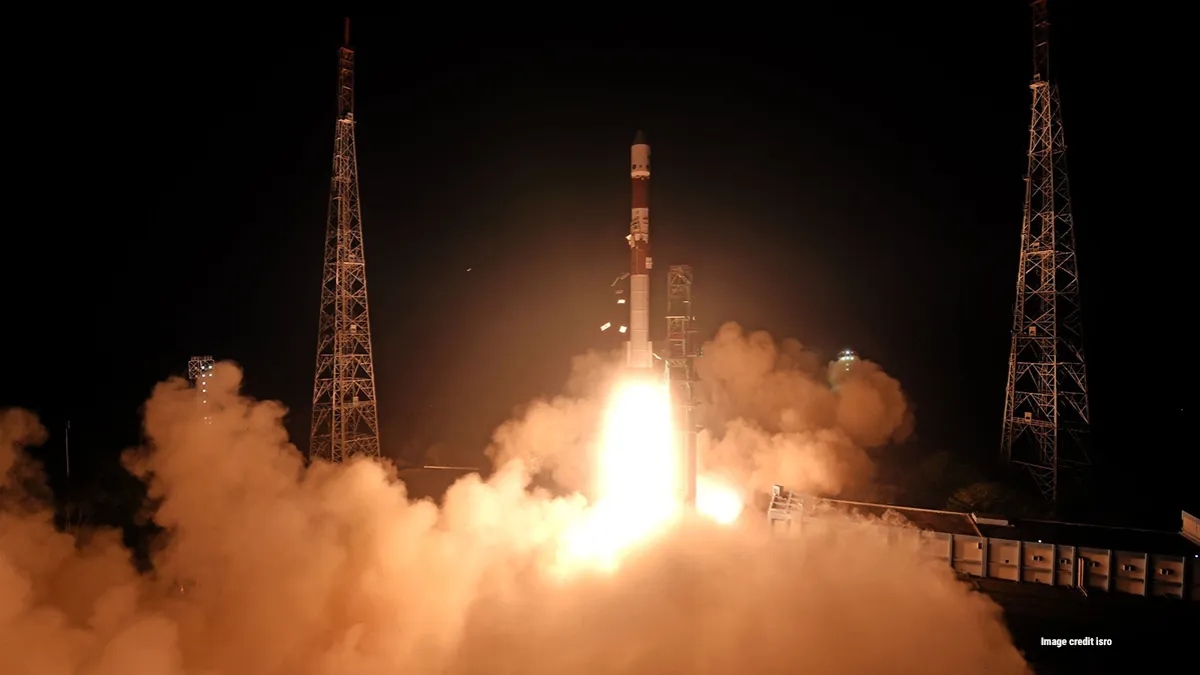
On Monday, the Indian Space Research Organisation (ISRO) successfully launched the ambitious Space Docking Experiment (SpaDeX) mission, which included 24 experiments in its launch vehicle.
The Polar Satellite Launch Vehicle, carrying two satellites weighing 220 kg each, launched from the Satish Dhawan Space Centre in Sriharikota in a textbook launch.
Previously, the liftoff was delayed by only two minutes to avoid colliding with other satellites in the same orbit above Earth.
The two spacecraft will now be headed towards space docking over the next ten days, most likely on January 7.
SpaDeX seeks to demonstrate advanced in-space docking technology, which is critical for future missions such as lunar excursions and the Bharatiya Antariksh Station (BAS).
The two spacecraft, SDX01 (the Chaser) and SDX02 (the Target), will be released into low Earth orbit with a low relative velocity between them.
Each satellite has advanced payloads such as an image system and a radiation monitoring equipment that measures electron and proton radiation levels in orbit. This data is critical for upcoming human spaceflight missions.
The SpaDeX mission is a significant step in increasing India's orbital docking capability. The successful completion of this mission would strengthen ISRO's capabilities to execute complicated operations in space and create the framework for future interplanetary missions.
Docking is a vital feature in space operations because it allows two spacecraft to link and function as a single entity. It speeds up crew transfers, resupply missions, and the construction of larger structures such as space stations.
SpaDeX serves as a testament to India's developing strength in space research as it moves closer to being the fourth country in the world to master space docking technology.
